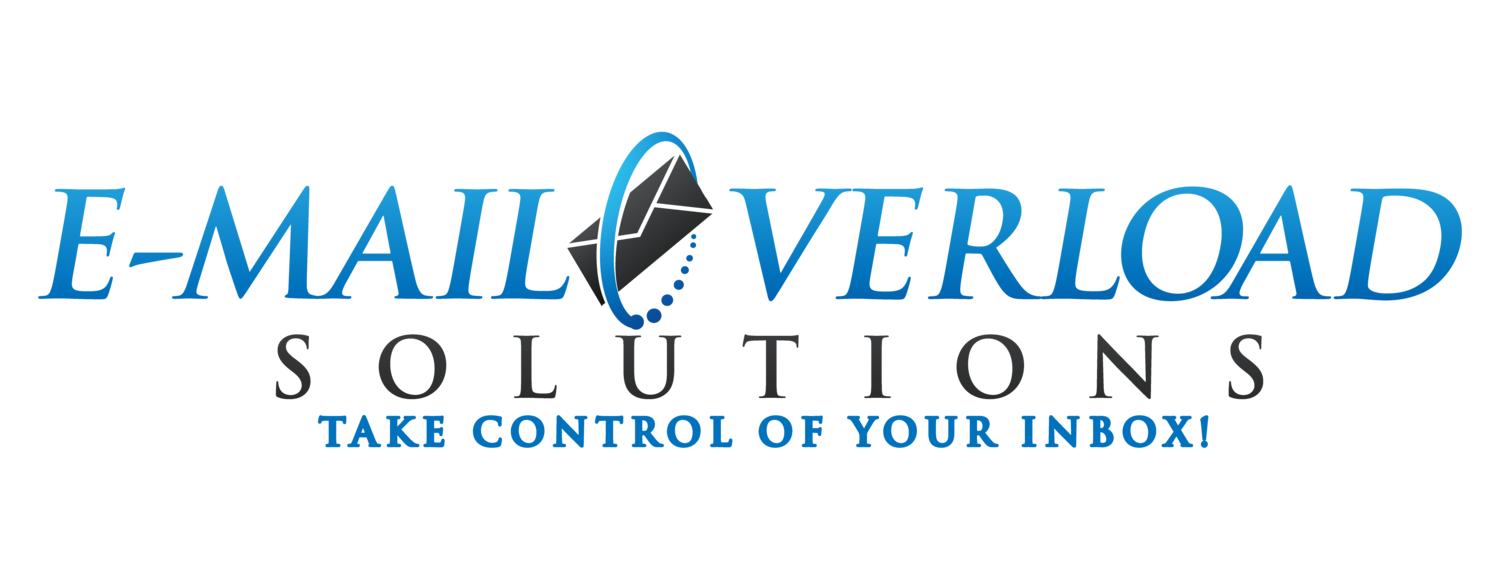How email affects productivity and what you can do about it!
/According to the Radicati group’s latest email statistics report, we sent & received over 205 billion emails last year.
That's an average of 122 business emails per person, per day. And this number is expected to grow to almost 250bn by 2019.
It’s no wonder many of us are suffering from email overload!
The issue of volume pales in comparison to the waste of time and productivity caused by it though. We interrupt ourselves to check emails more often than we think. Estimates range from 5 to 36 times per hour. According to a study by the University of California-Irving, we take about 25 minutes to recover from an interruption. That's 25 minutes we could have spent working on our critical tasks.
The way the facts point, it seems that email overload is an unavoidable part our working culture. A badge we wear, if not with pride, then at least with the grin-and-bear-it attitude of accepting the inevitable.
But this doesn’t have to be the case!
So, without further ado, here are my top 4 tips to follow to reduce your email use and reduce the number of emails you receive in total:
1. Send less, get less
This includes being very careful with your use of the CC and BCC lines and message forwarding. It seems to have become common practice to include as many people as possible in CC. Whether to spread responsibility in case something goes wrong, or to show off how much work you’re doing, it's just not great.
In some cases it can be useful to include someone in a conversation. But most of the time it’s unnecessary and can lead to a confusing, complicated mess of responses.
Take time to think about why you’re including someone. If you can’t think of a good reason, then don’t add them.
Your colleagues will hopefully appreciate the gesture (and reduced number of emails in their inbox) and follow suit
2. Keep your emails short and to the point… unless it makes sense to make them longer
It’s tempting to write a long email so you can explain your needs in as much detail as possible. Yet long emails are less likely to be read thoroughly. It’s also likely that you’ll only get a partial or late response.
A rule of thumb (or something to aspire to) is to keep your emails to 5 sentences or less. That should be more than enough space to introduce yourself, explain what you need, why you should have it, and when you need it.
Politely, of course!
There is a danger to writing really short emails though.
"Hey, when should we hold our budget meeting?" is definitely quick, but it’ll result in a thread of emails that can spiral out of control and ultimately take longer to sort out.
A longer email will be more effective. Even if it’s more than five sentences, it’ll get the job done in one email.
Try one like this:
We need to hold our budget meeting before the end of the month. May I suggest we book the 2nd meeting room for Monday 2pm, Tuesday 2pm, or Thursday 10am.
We will cover the month’s expenditures and have a look at the forecasts for the next three months. I expect it will take about an hour.
Please let me know when you will be available so I can book the room.
Thank you,
Bob
Of course you could avoid this by using built-in scheduling functions in Outlook or Gmail. You could even use a meeting scheduling-specific app to plan your meetings.
Which leads to the next point....
3. Use a different tool if you can
A lot of the problems we have with email stem from the fact that we’re not using it right. Email is a written communication platform, but we use it for any number of other tasks.
You name it, we’ve done it!
Here’s how to change:
If you have a lot of back-and-forth discussing a project or scheduling team members, then you should look at using a dedicated project management tool. Options range from the full-featured Microsoft Project, to simpler tools like Trello.
Making the switch can cut a huge number of emails from your inbox.
Equally, there are a million dedicated document-sharing platforms like Dropbox or Google Drive. There’s no need to clutter up your own and everyone else’s inbox with large attachments.
If you use email to chat with co-workers or share funny pics, then maybe get on to Slack or schedule yourself a couple of minutes each hour to hang out on whichever social network you prefer.
And sometimes it’s best to just pick up the phone. If you need to, you can follow up with a summary email.
4. Write better subject lines
If, after finding the appropriate place for your business activities, you still need to use email, make sure you make the most of it! Subject lines are the most under-used and abused parts of an email. In the clamor to grab your recipient’s attention from the inbox it’s easy to just write "URGENT!!!" or "Must read!" and hope for the best.
Use a clear statement or call to action to signal the importance of the email from their inbox. For example, the subject for the email above could be:
“Response needed: Budget meeting schedule this week” instead of just “budget meeting”
What’s your favorite way to stay productive with an overflowing inbox?
Do you have any other tips to include?
About Siobhan O’Rorke:
Siobhan O'Rorke is a communications and email management expert who writes on the topic for Lookeen. Check out Lookeen’s recently released eBook – 151 Email Tips – for more productivity-boosting email management solutions.












